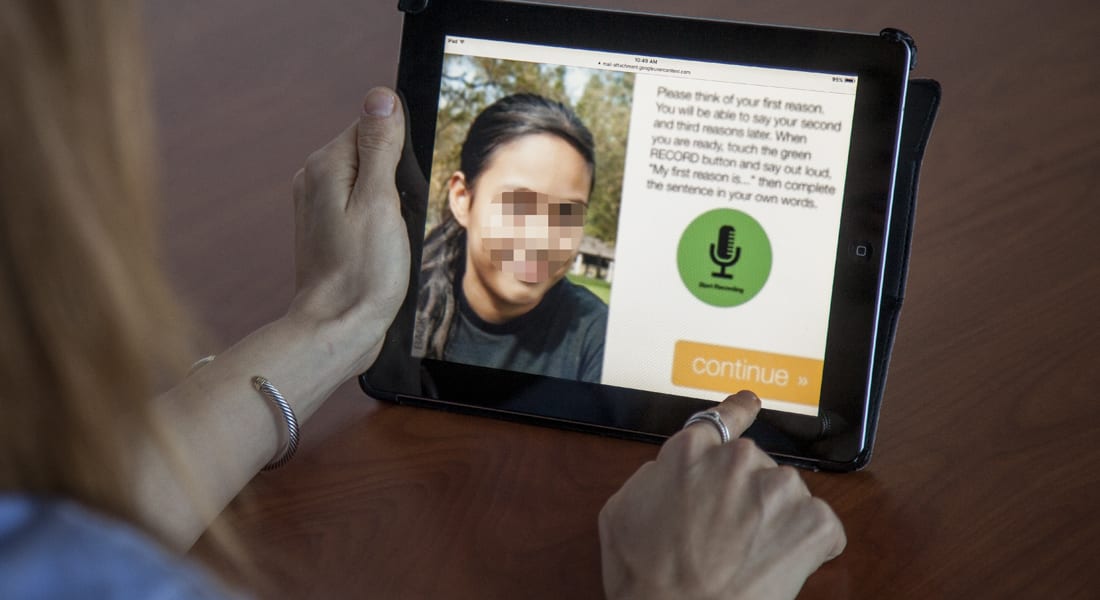The researchers studied the running mechanics of forty-two people ranging from recreational runners to Olympic medalists.
GotScience.org reporter Emily Rhode covered the research of SMU biomechanics expert Peter Weyand and the SMU Locomotor Laboratory. Weyand is the director of the Locomotor Lab.
Other authors on the study were Laurence Ryan, a physicist and research engineer in the lab, and
Kenneth Clark , previously with the lab and now an assistant professor in the Department of Kinesiology at West Chester University in West Chester, Penn.
The three have developed a concise approach to understanding the mechanics of human running. The research has immediate application for running performance, injury prevention, rehab and the individualized design of running shoes, orthotics and prostheses. The work integrates classic physics and human anatomy to link the motion of individual runners to their patterns of force application on the ground — during jogging, sprinting and at all speeds in between.
The GotScience.org article, “Can You Improve Your Running with Physics?,” published March 27, 2017.
Weyand is Glenn Simmons Professor of Applied Physiology and professor of biomechanics in the Department of Applied Physiology and Wellness in SMU’s Annette Caldwell Simmons School of Education and Human Development.
An expert on human locomotion and the mechanics of running, Weyand has been widely interviewed about the controversy surrounding double-amputee South African sprinter Oscar Pistorius. Controversy has swirled around the sprinter over whether his light-weight, carbon-fiber prosthetic “Cheetah” legs give him a competitive advantage.
Weyand helped lead a team of scientists who are experts in biomechanics and physiology in conducting experiments on Pistorius and the mechanics of his racing ability.
EXCERPT:
By Emily Rhode
Gotscience.org
Running is one of the simplest forms of exercise we can do. It requires no protective gear or fancy equipment. At its core, it just requires force. Runners are constantly searching for clues for how to improve their speed and prevent injury. But until now, there was no easy way to fully assess the way a runner moves. In a new study published in the Journal of Experimental Biology, researchers at Southern Methodist University describe a new method that requires nothing more than a quality camera and basic laws of physics to predict how a runner and the ground will impact each other.Newton’s second law of motion says that force is mass multiplied by acceleration. A runner’s mechanics, or movement, can be represented by a simple waveform—a visual representation of force over time. The moment the runner’s foot hits the ground is represented by the beginning of the wave. As the mass of the runner’s body accelerates toward the ground, the amount of force increases and the wave climbs. The wave then slopes down as the runner begins the motion of lifting the leg again.
Collecting the data to create this pattern of force between the runner’s body and the ground is normally a complicated process that requires knowing the masses and motion of as many as fourteen different variables. A team consisting of Dr. Kenneth P. Clark, Dr. Laurence J. Ryan, and Dr. Peter G. Weyand believed that they could simplify the process considerably by focusing on just two parts of the body: the lower leg and the foot.
The researchers studied the running mechanics of forty-two people ranging from recreational runners to Olympic medalists. They measured each person’s body mass and used high-speed cameras to capture the motion of running. At the same time, a specialized treadmill recorded the force of the runners’ footfalls as they moved through their strides. The team then compared the real data to an algorithm, or set of mathematical steps, that they developed to predict an individual’s waveform pattern.




